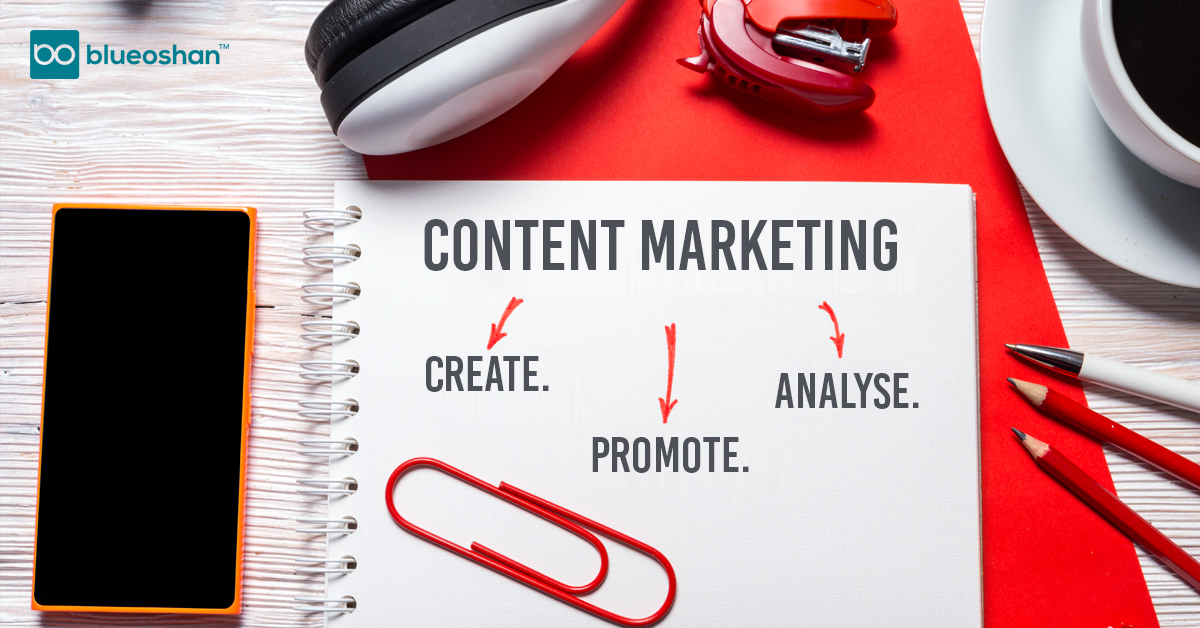-
MarTech Services
- HubSpot
- OneSignal
HubSpot
Technical Consulting
Partner with experts who understand your HubSpot systems and business needs inside out.
Revenue Operations
Drive revenue growth with tailored RevOps strategies designed for HubSpot users.
Hubspot Integration Services
Seamlessly integrate HubSpot with your existing tools to enhance operational efficiency.
Sales Enablement
Boost your sales team’s efficiency with focused HubSpot Sales Enablement solutions.
CRM Data Migration
Effortlessly migrate your CRM data to HubSpot with precision and support.
Hubspot Onboarding
Efficiently onboard clients to HubSpot, ensuring a smooth transition and rapid platform adoption.
HubSpot Administration
Maximize your HubSpot investment with expert management and optimisation tailored for HubSpot clients.
Marketing Assets Development
Develop, deploy, and manage digital assets, ensuring a fresh and engaging presence.
-
Solutions
-
Website Services
Website Development
We bring together expertise, creativity, and measurable results, making us the go-to choice for HubSpot website creation.
Website Migration
Our approach to website migration goes beyond a technical transfer; we prioritize a user-centric experience.
Website Maintenance
Optimize your online presence with effective, growth-driven websites focusing on nurturing website visitors, creating and deploying content, and tracking progress with precision.
Website Audit
Is your website performing at its peak? Our CMS Consultants are here to help you find out with our comprehensive Website Audit service.
-
Resources
-
Company
Clients
We have worked with clients from various industries across the globe, making our journey diverse and exciting.
Team
We put decades of experience where our mouth is. So what you get is market-tested and tried, not theory. We believe in plain speak, which we believe works better than jargon.
Solutions Partner
BlueOshan is not just a partner; we are among the most experienced and adept in the HubSpot ecosystem.
- Contact Us
Setting workflows for customer follow ups in HubSpot

Venu Gopal Nair
September 13, 2023

One of the underrated qualities of salespeople is persistence. To some, it comes naturally and they are organized about it, setting up personal reminders and getting back to prospects at the appropriate time. However, setting up workflows ensures that all the teams involved in customer follow-up are diligent.
Maintaining it in HubSpot also makes it easy to generate reports and keep an eye on the process to see if deals across the company are progressing or static. In turn, that allows the focus to be maintained on areas where optimum results are possible.
Working out the elements of the workflow
This was the subject of a question in the HubSpot Community. Loki Stelz asked: I am setting up a customer care follow-up workflow for the Customer Success team - each CSM needs to get Task reminders monthly for customer meetings, and the Meetings vary depending on what segment the customer is in. It´s a Company-based workflow.
I started with 5 Lists for Companies in Segment 1,2,3,4,5, as enrolment. Then I had If branches count back from the Renewal date to trigger the tasks monthly - 11 /10 / 9 months from the Renewal Date, and so on.
For e.g.
The company is a member of List Segment 1
- If the Renewal Date is < 11 months, the create task for Meeting Type A (care call)
- If the Renewal Date is < 10 months, the create task for Meeting Type B (strategic meeting)
However, HubSpot doesn´t support re-enrolment for Company Lists so I´m a bit stuck - Companies go through the workflow once but don´t re-enrol - I don´t have an event to trigger a monthly re-enrolment.
I would really appreciate any ideas - if I use the Renewal date and count back from that, I need 11 workflows for each month (30 days back from renewal, 60 days/ 90 days, and so on) and then branches for each segment in each WF. That´s a bit massive and complex.
Is there an easier way?
The Accepted Solution came from Josh: Regarding the list, I would make it an active list requirement, remove them from the active list, and then add something that re-adds them to the active list. Probably a separate workflow. This would allow the company to be auto-enrolled monthly.
Operations Hub allows you to create a workflow that is recurring monthly. You could use the company criteria for enrolment and have it run every 30 days.
Using follow-ups to build a successful pipeline
Jen Berenguer made these points. The key to a good success strategy is information - and here are the things that have a definite impact:
Keep the communications going (but do track them) - Whether you have a dedicated Success team or not, engaging with your clients is a big factor to make them stay. Things like enrolling customers in sequences, tracking email exchanges with the sales plug-in, and using your meeting link will help you track those 1-to-1 interactions.
Keep your Marketing going too and look for signs of opportunities - Are your customers clicking on CTAs, joining webinars, downloading new assets, or even visiting some of your upgrade pages? Score them points, put them on lists or simply trigger internal notifications to explore these opportunities.
You can have a dedicated pipeline for renewals to work proactively on closing a new contract and use custom properties to measure achieved milestones. Tracking the level of stickiness was also a great idea suggested here in the community.
Measure their sentiment - Use NPS surveys to get their feedback about your service, and act on them to improve bad experiences. You can also evaluate the number of tickets open and closed at a given time to search for product vulnerabilities.
Track the progress of your Success team - Use reports and dedicated dashboards to show renewals won, NPS results, up-selling/cross-selling open deals, etc.
The workflows for customer success should be aligned to existing company processes. It’s easier to Ways to configure Properties for customer success
Stuart Balcombe made a list of the Properties to include on deals and tickets:
This will definitely depend on your product and sales process- but a few that I would definitely consider including both on the ticket record itself and also consider showing in a board view.
- a) Next step: A text field with a short description of the next action to take for this customer to help them make progress - including whether this is on your team or the customer.
- b) Goals/Success Metrics: A text field with a summary of what the customer is trying to achieve by using your product - this may be collected during sales discovery or in onboarding but keeping this easily accessible makes it easier to frame the work they need to do in the context of the goals they are trying to achieve.
- c) Persona: A dropdown field that could be populated when they sign up or selected manually that shows which persona they are (and can be used to segment educational content, onboarding plan, level of support, etc.).
- d) Target Date: If you have a go-live date or an end date for your onboarding plan keeping it accessible in a structured field is helpful for reporting and creating calculated actions relative to it. E.g. Escalating customers that have not completed specific steps and are within X days of the target date. e) Renewal Date: This is helpful to set either via workflow when the deal/ticket is created or by syncing with a tracked subscription using HubSpot payments
For help in implementing any of these workflows, talk to experts from Blueoshan. As a Diamond Partner, we have experience managing and putting in place, complex HubSpot workflows for multimillion-dollar organisations
Get in touch with us anytime here
Blueoshan is a HubSpot Diamond -Tier Solutions Partner. Delivering worldwide from India

Venu Gopal Nair
Advertising and Branding Specialist, CEO - Ideascape Communications, A professional journey through the tumultuous years of advertising and communication, starting in 1984. Started out in the age of print, saw the changes with the entry of satellite TV and the momentous transition to digital. Advertising and branding today is vastly different from its practices in the 20th century and the last two decades have seen dramatic changes with smartphone domination. As a Creative Director turned CEO, making the transition personally and professionally has been a tremendous experience.
Related Articles

January 4, 2021

August 10, 2021


